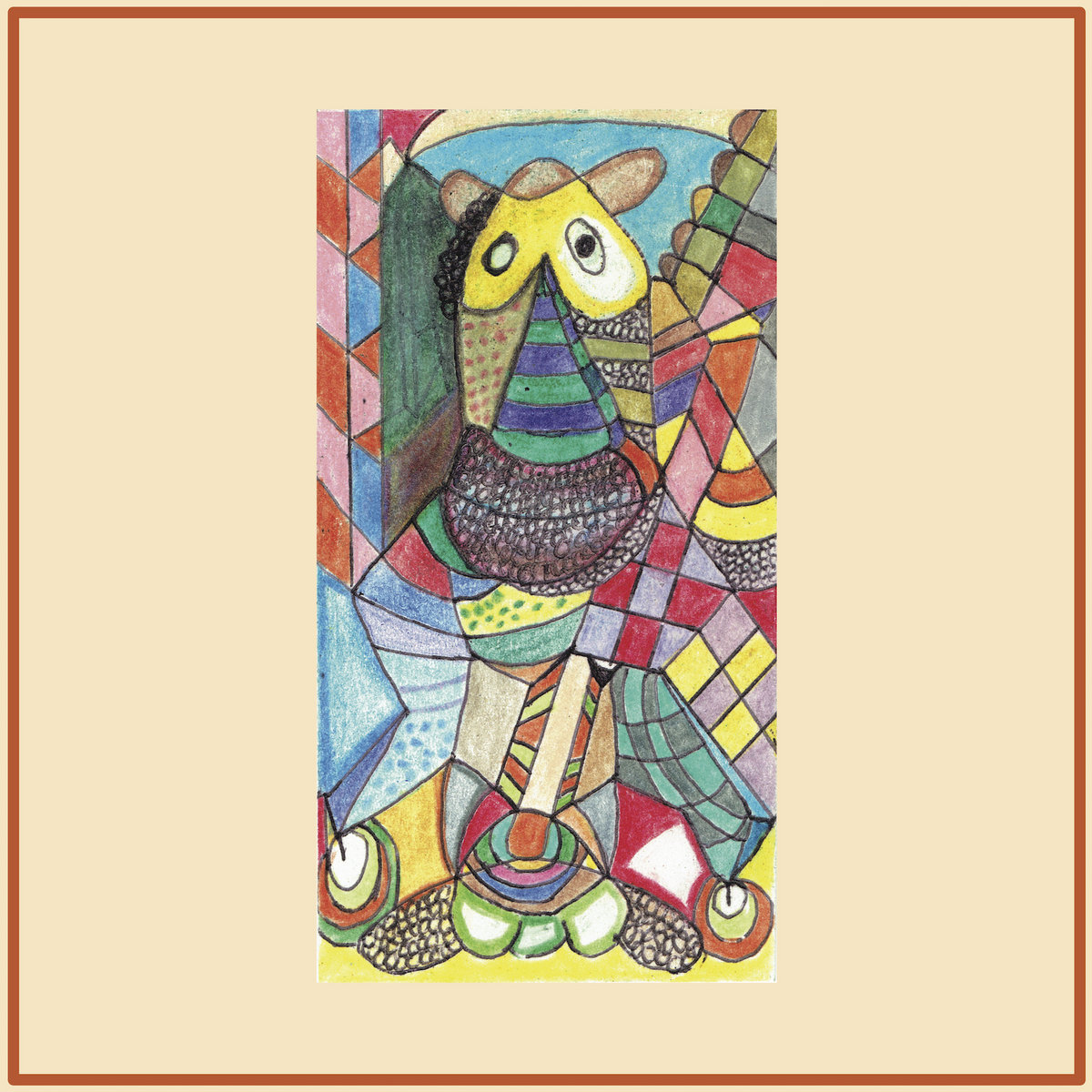As it opens with supple interplay between swirling soprano saxophone, droning bells and subtle percussion, the newest release by Saxophonist Roscoe Mitchell and drummer Mike Reed, The Ritual and the Dance, is a testament to Mitchell’s rich musical language which has been slowly built through collaborations like this one for over 50 years.
Roscoe Mitchell has always been a musician that has fascinated and inspired me, with his mixture of boundary pushing mastery of his instrument and deep interest in the pedagogical process. He remains a significant composer that has challenged conventions of, not only making, but also listening. Hearing him for the first time in my early 20s through his 1968 album “Congliptious” – I was introduced to an artist of staggering imagination and an extraordinary emotional depth that led through me a path that has reshaped my views on the sonic. His collaborations with younger artists have always shown the universality of his fifty-year plus career of exploration. One performance that displays this was his 2019 duo performance with poet and experimental musician Moor Mother at the Kennedy Center in Washington, DC.
Recorded at the Oorstof concert series in Antwerp, a year after the duo’s 2014 release, In Pursuit of Magic, this new record definitely builds on the ideas Mitchell and Reed explored previously. The duo preoccupy themselves with tonal dispersion and reassembly. A journey, which methodically builds sound before allowing it to dissipate in the air slowly. While the album displays the classic melange of erudite harmonic passages and subtle but powerful rhythmic work, it also shows the duo’s structured approach to improvisation. Like most of their music, it shatters and rebuilds ones preconceived notion of what music can do. This, especially for myself, was deeply needed in the vicious Covid-19 world that we are currently living through. A life saturated with digital stimuli and regimented movement, The Ritual and the Dance points to how no matter how much technology we are consumed by, the sonic still has the ability to shock, amuse and amaze.
Mitchell, who co-founded Art Ensemble of Chicago and was an early member of the Association for the Advancement of Creative Musicians (AACM), has long pushed the ideas of exchange, most famously the interplay between composition and improvisation. But also, the exchange between playing and listening, and on this album the exchange with each instrument’s role – each performer serving as drummer or harmonic base with their respective instrument. The album moves in interesting ways, with Mitchell’s overblowing leading to infectious percussive assaults before switching into gorgeous melodies while Reed takes over switches between harmonic tom flourishes or polyrhythmic attacks. This interplay builds and builds to exceptional highs but simultaneously deconstructs itself to a delicate home one can find refuge in. While their playing is incredibly active and generative, the use of silence remains paramount.
In a 2015 interview, Mitchell said, “Silence is perfect. You have to study that. You have to go somewhere where it’s really quiet and see how intense it is. So it’s on you that when you come in, it has to be on that level. If it’s not, you’re going to be exposed.” As the 36-minute performance reaches its halfway point, this respect for silence and what is unheard drops in with Reed taking the reigns and exploring resonance through a back-and-forth between tight repetition and playful complexity before Mitchell introduces harsh drones on Alto Saxophone which eddy around angular drumming. The performance moves toward an introspective close with bells hanging in the air.

